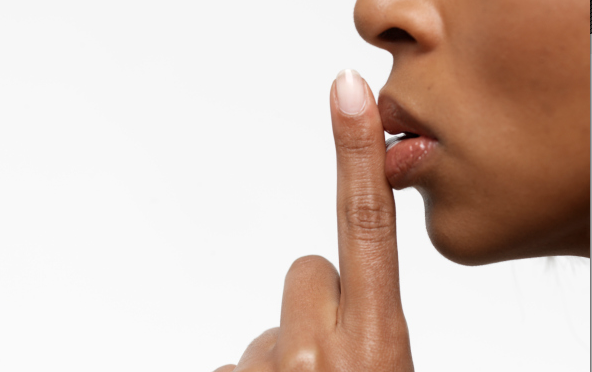Today, even with all the big data abounding, brands know you behaviorally. Think about it, only by your actions, purchase patterns, click throughs and by the perks they throw your way. Few brands (or the people who manage them) know you emotionally or get you empathetically.
I love brands. In fact, some of my best friends are brands. It’s true, my Nike Pegasus(s) have taken me to more places than I could ever recall. And, I do love, unconditionally my Bic 4 color pen- it too has taken me to many places weird and far.
But, lets be real it is a one-way street. My old school writing partner wouldn’t know me from Kurt Vonnegut. And, Nike knows me mostly as the obedient discount reacting Pega$u$ guy.
Today, even with all the big data abounding, brands know you behaviorally. Think about it, only by your actions, purchase patterns, click throughs and by the perks they throw your way. Few brands (or the people who manage them) know you emotionally or get you empathetically. They may be using Radian6 like tools on your Facebook comments or Tweets or what you blog. There is a lot of heady ( or hoody?) extrapolating and projecting, but for all they know about you, not the persona you, but your emotional you, brands still have along way to go in getting real.
Brands of course want a deep and meaningful relationship, but it’s difficult, let alone really creepy for the “inanimates” to know too much, get too close. Unless you’re a “people” who position themselves as a brand like Jillian “5 more reps, now!” Michaels or Justin “Be a Belieber” Bieber or anyone with the surname “Kardashian”, then it’s cool. It’s like who needs another bud, when you just want another Bud?
All I am really saying is, all of us in brand land (all of us!) need to take it easy on the over the top ways of getting attention and penetrating our hopeful or loyalist lives. Just because we now know way more about the navigational and transactional pathways of our “friends” doesn’t mean we should use it against or for them. Most brand and digital brand people especially, live in the never-ending world of new and cooler “shiny objects.”
So given this, what I’m REALLY saying is just maybe the only way to truly navigate the future of effective brand marketing and cultivate sustainable relationship value is say or sing “R-E-S-P-E-C-T” and practice RESTRAINT.









